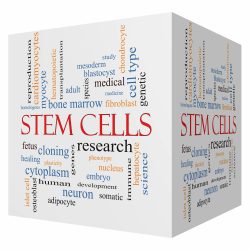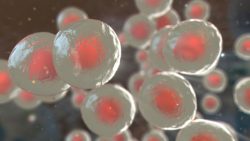 Bone regeneration is a key focus in regenerative medicine, as strong bones are vital for movement and overall health. Stem cells are essential in this process, transforming into bone-forming cells and releasing growth factors that speed up healing. Recent research has revealed new understanding into how stem cells maintain and repair bones, and how aging and poor healing conditions disrupt this process.
Bone regeneration is a key focus in regenerative medicine, as strong bones are vital for movement and overall health. Stem cells are essential in this process, transforming into bone-forming cells and releasing growth factors that speed up healing. Recent research has revealed new understanding into how stem cells maintain and repair bones, and how aging and poor healing conditions disrupt this process.
The research pinpointed a rare and elusive human skeletal stem cell, deeply embedded in bone tissue, which appears to be pivotal in bone regeneration. Scientists identified four distinct subtypes of these stem cells, each tailored to form bone, cartilage, bone marrow stroma for support, or fibrous tissue that serves as a structural framework.
This rare cell, extractable from human bone or derived from specific fat tissue cells, produces progenitor cells that form new bone, the porous stroma within bone’s core, and the cartilage that ensures smooth, pain-free movement in knees and other joints.
As we grow older, both children and adults rely on healthy bone, cartilage, and stromal tissue. In childhood, skeletal stem cell subtypes maintain a balance that promotes durable, adaptable bones. However, with aging or when injuries disrupt healing, this balance falters. Stem cells progressively lean toward forming fibrous tissue, creating scar-like material rather than bone. This change contributes to weaker bones and impaired healing in older age.
Scientists discovered a pair of small molecules that, when combined, restored aged or impaired stem cells to a bone-forming state. Human stem cells treated with this molecular blend generated more bone, enhanced fracture recovery, and exhibited characteristics similar to those of youthful, healthy cells.
The finding enabled scientists to construct a lineage map of stem cells critical to the formation and upkeep of the human skeleton. It may open doors to therapies that promote bone and cartilage regeneration in patients.
To view the original scientific study click below:
Identification of the Human Skeletal Stem Cell





